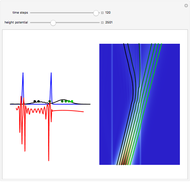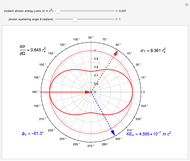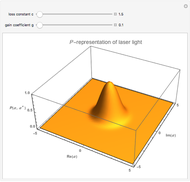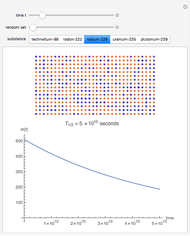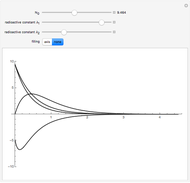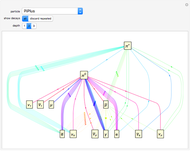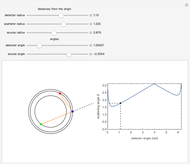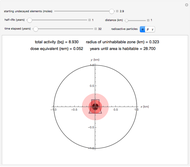Nuclear Meltdown on Mars

Requires a Wolfram Notebook System
Interact on desktop, mobile and cloud with the free Wolfram Player or other Wolfram Language products.
This Demonstration simulates a nuclear power plant meltdown on Mars and calculates the required time for a base near the plant to become habitable again. The pink disk represents the uninhabitable zone (area where radiation levels are greater than 500 millirems), the red disk represents the area that has radiation levels twice the level deemed habitable, and the maroon disk represents the area that has radiation levels four times the level deemed habitable. The black circle represents the distance between home and the nuclear power plant, which is located at the origin.
[more]
Contributed by: Jonathan Lo (November 2014)
(John Monash Science School)
Based on a program by: Daniel Relix and Mito Are (Collin College)
With additional contributions by: Dr. David Albrecht and Dr. Simon Tyler
Open content licensed under CC BY-NC-SA
Snapshots
Details
detailSectionParagraphPermanent Citation
"Nuclear Meltdown on Mars"
http://demonstrations.wolfram.com/NuclearMeltdownOnMars/
Wolfram Demonstrations Project
Published: November 7 2014








